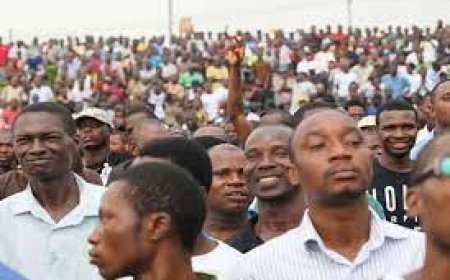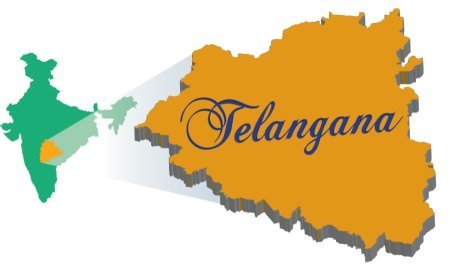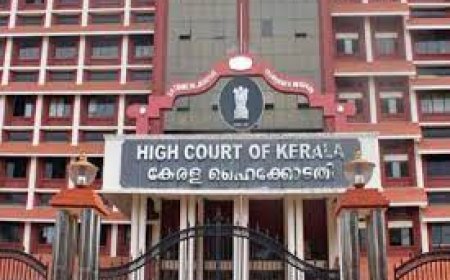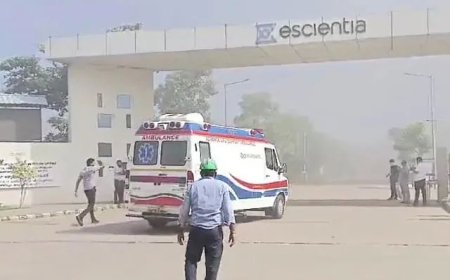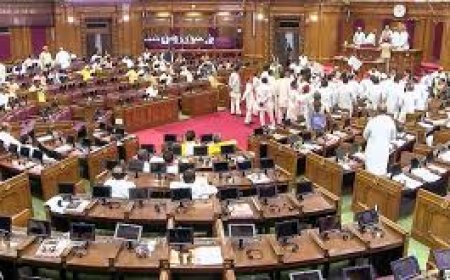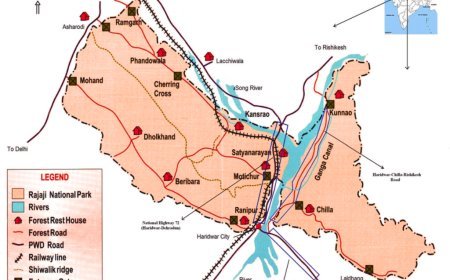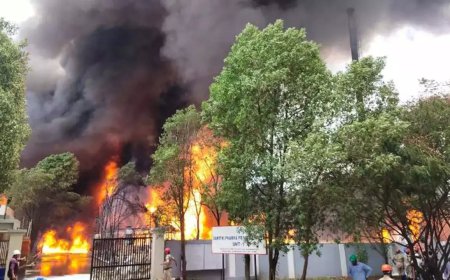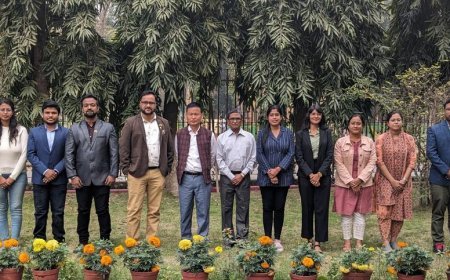Analysis of The Hindu Editorial: Human Factors in Wayanad Landslides

Analysis of The Hindu Editorial: Human Factors in Wayanad Landslides
Introduction
The editorial "Unnatural Disaster: On the Wayanad Landslides" discusses the recent landslides in Wayanad, Kerala, highlighting the intersection of natural events and human activities that exacerbate such disasters. The article emphasizes the need for proactive measures in disaster management and environmental conservation to mitigate future risks.
Main Points and Arguments
1. Context and Immediate Cause of the Disaster
- Recent Landslides: The article begins by recounting the recent landslides in Wayanad district, triggered by heavy monsoon rains on July 30, 2024. These events led to significant loss of life and property, with 200 fatalities reported.
- Geographical and Environmental Factors: It highlights the natural geography of the region, including the steep descent of the Chaliyar river, which contributes to landslides by carrying sediments and debris downstream. The loss of plant cover in upstream areas due to previous heavy rains has made the region more susceptible to landslides.
2. Recurring Issues and Long-term Concerns
- Recurring Landslides: The editorial notes that landslides are not new to Kerala, particularly in districts like Idukki, Kottayam, Malappuram, and Wayanad, which are recognized as landslide-prone areas.
- Climate Change Impact: It points to the role of climate change in intensifying monsoon rains, which lead to short bursts of heavy rainfall that can destabilize soil and trigger landslides.
3. Human Factors and Developmental Pressures
- Infrastructure Development: The article criticizes the pressure to develop infrastructure in these regions, driven by tourism and economic incentives, which often overlooks ecological sensitivity.
- Compromised Ecosystems: Activities like quarrying, monocropping, and construction have weakened the natural resilience of these areas, making them more vulnerable to landslides.
4. Lack of Preparedness and Policy Failures
- Inadequate Warning Systems: The editorial laments the lack of advance warning systems and emergency preparedness, which has contributed to the high toll of the disaster.
- Need for Ecological Conservation: It calls for a re-evaluation of land use patterns and emphasizes the restoration of denuded flora to stabilize the soil and prevent future landslides.
5. Recommendations for Future Action
- Western Ghats Ecology Expert Panel Recommendations: The article urges the Kerala government to implement the recommendations of the Western Ghats Ecology Expert Panel. These include:
- Declining engineering projects in ecologically sensitive areas.
- Restoring ecosystems by replanting vegetation.
- Establishing expert committees to assess the environmental feasibility of development projects.
- Balance Between Development and Conservation: The editorial stresses the importance of balancing development needs with environmental conservation to avoid future tragedies.
Structural Features and Rhetorical Devices
1. Use of Case Study: The editorial uses the recent Wayanad landslide as a case study to illustrate broader issues related to environmental degradation and disaster preparedness.
2. Comparative Analysis: It contrasts the natural geography of the region with human-induced vulnerabilities, highlighting the compounded risk factors.
3. Critical Perspective: The article adopts a critical tone towards policy failures and the prioritization of economic interests over ecological concerns.
4. Call to Action: It concludes with a strong call to action, advocating for specific policy changes and the implementation of expert recommendations.
Insights and Suggestions
1. Enhanced Disaster Preparedness
- Establishment of Early Warning Systems: Implementing robust early warning systems can help in timely evacuations and reduce casualties.
- Community Training and Awareness: Local communities should be educated and trained in disaster response to enhance resilience.
2. Sustainable Development Practices
- Restricting Construction in Sensitive Areas: Implement stricter regulations on construction and development in ecologically sensitive zones to minimize environmental disruption.
- Promoting Sustainable Tourism: Develop sustainable tourism practices that do not compromise the region's ecological balance.
3. Ecosystem Restoration and Conservation
- Afforestation and Reforestation: Large-scale afforestation and reforestation projects can help stabilize soils and reduce the risk of landslides.
- Protecting Natural Habitats: Preserving natural habitats and maintaining biodiversity can enhance the resilience of ecosystems to extreme weather events.
4. Policy and Governance Reforms
- Implementing Expert Recommendations: Urgently implement the recommendations of environmental panels and experts, prioritizing ecological sustainability in policy decisions.
- Integrated Regional Planning: Develop integrated regional plans that consider environmental, social, and economic factors in a holistic manner.
Conclusion
The editorial "Unnatural Disaster: On the Wayanad Landslides" underscores the critical need for a balanced approach to development and conservation in Kerala. It highlights the consequences of ignoring ecological sensitivities and calls for immediate action to prevent future disasters. The insights and recommendations provided emphasize the importance of sustainable practices, better preparedness, and strong policy frameworks to protect both people and the environment.
What's Your Reaction?











